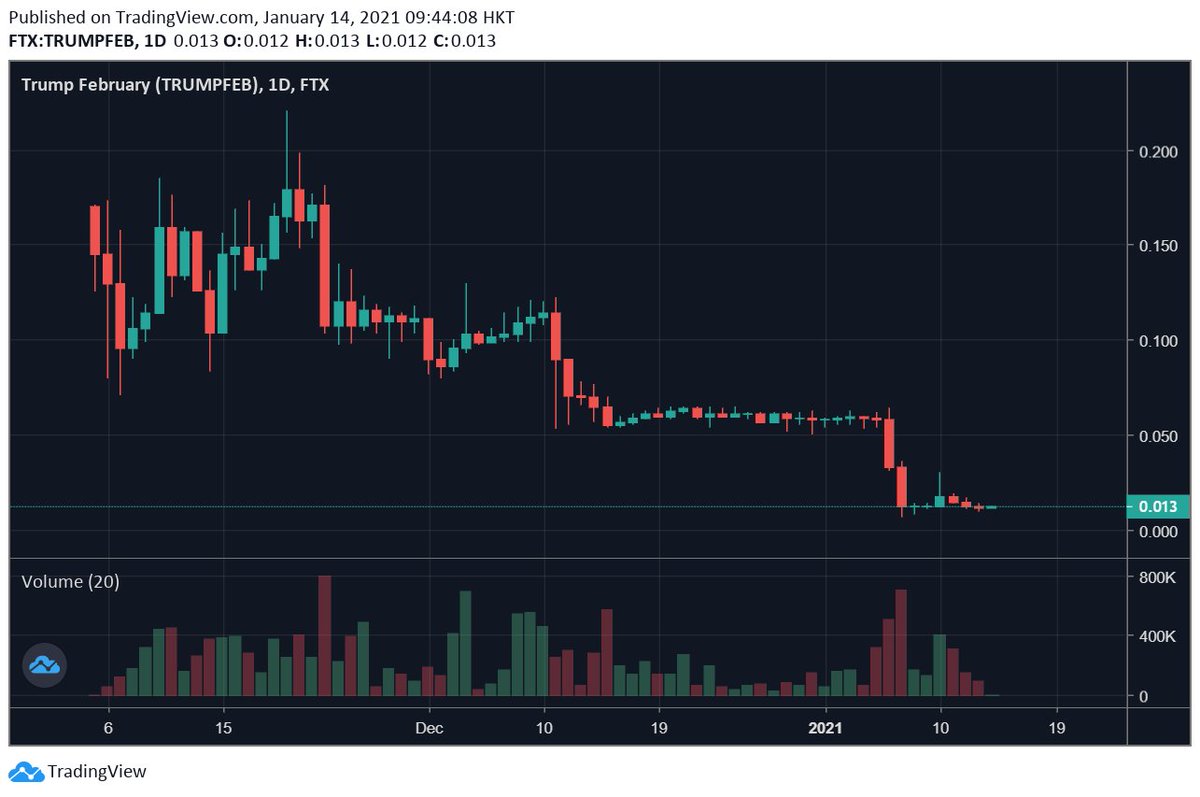
Amidst OKEx's withdrawal suspension -- there was a big level one concern -- Alameda does trade on OKEx, and we had some funds locked there. Was there anything to do?
Eh, not really. There were OTC markets like, 25% down from spot that various people were bidding for OKEx funds -- but once we accounted for actual risk (seemed small, the chances it was actually seized seemed *really( small given what we knew) and opportunity cost, seemed bad.
Seemed *really* bad, actually -- we thought anyone selling into those bids was WAY overpaying for insurance. (A big part was that OKEx trading remained great, BTW -- that made the opportunity cost quite small).
And so we decided that, in the absence of a HUGE update (big bad news about OKEx or China or whatever, or someone who we thought was a) informed b) risk-tolerant like us selling), we wanted to buy a LOT down there.
And so we sought sellers! Aggressively, we made it clear to anyone who wanted this kind of insurance that we were down. We worked hard at ensuring we had operational capacity to accept it, we used our OTC network, and we MAXIMIZED this.
And it paid off! I'm not too sure we could have gotten much more flow here than we did, we were able to trade almost all of it, and the prices were quite good for us. (And for sellers, in EV! Insurance tends to be win-win since people have different risk profiles.)
Getting past level one to: not only are we not sellers, we're HUGE buyers -- even though it's risky -- because, in fact, we can take the risk and this trade is GREAT according to what we know -- was crucial, and it's something we're always aiming to do.
• • •
Missing some Tweet in this thread? You can try to
force a refresh





